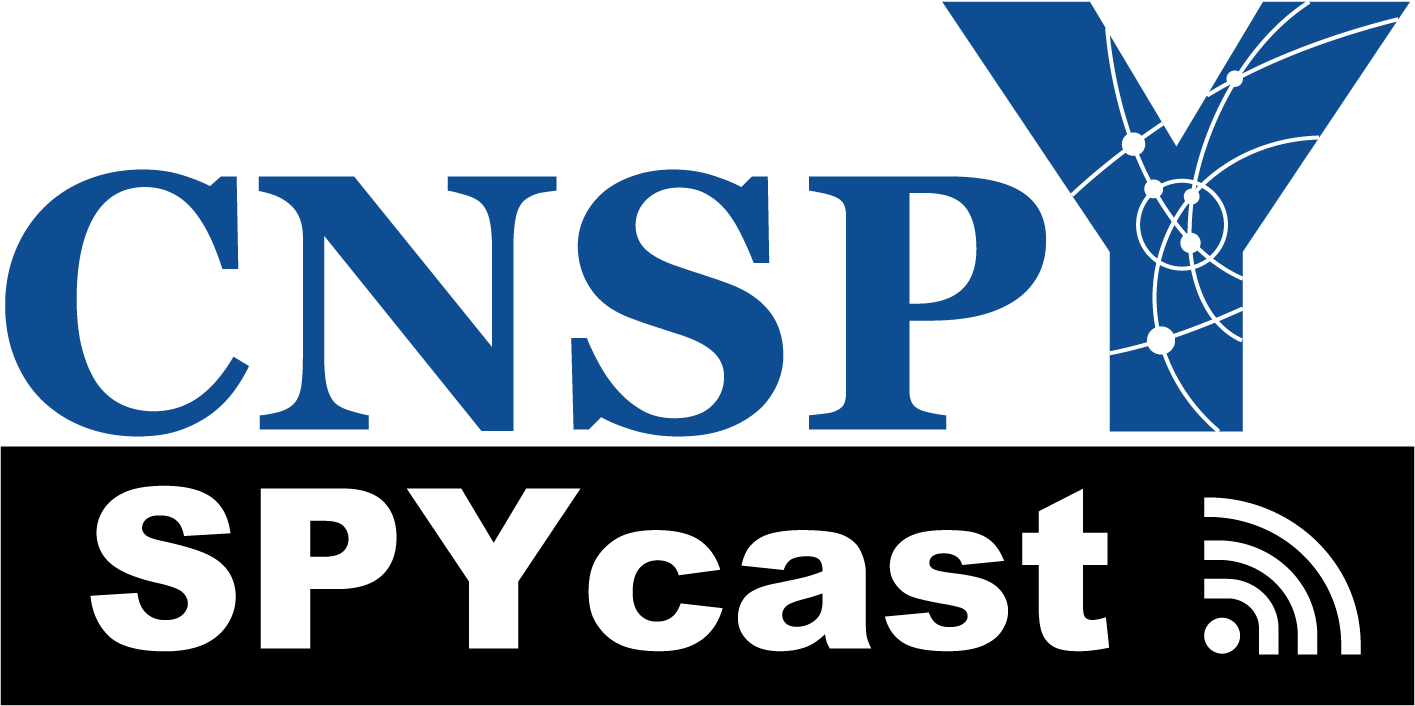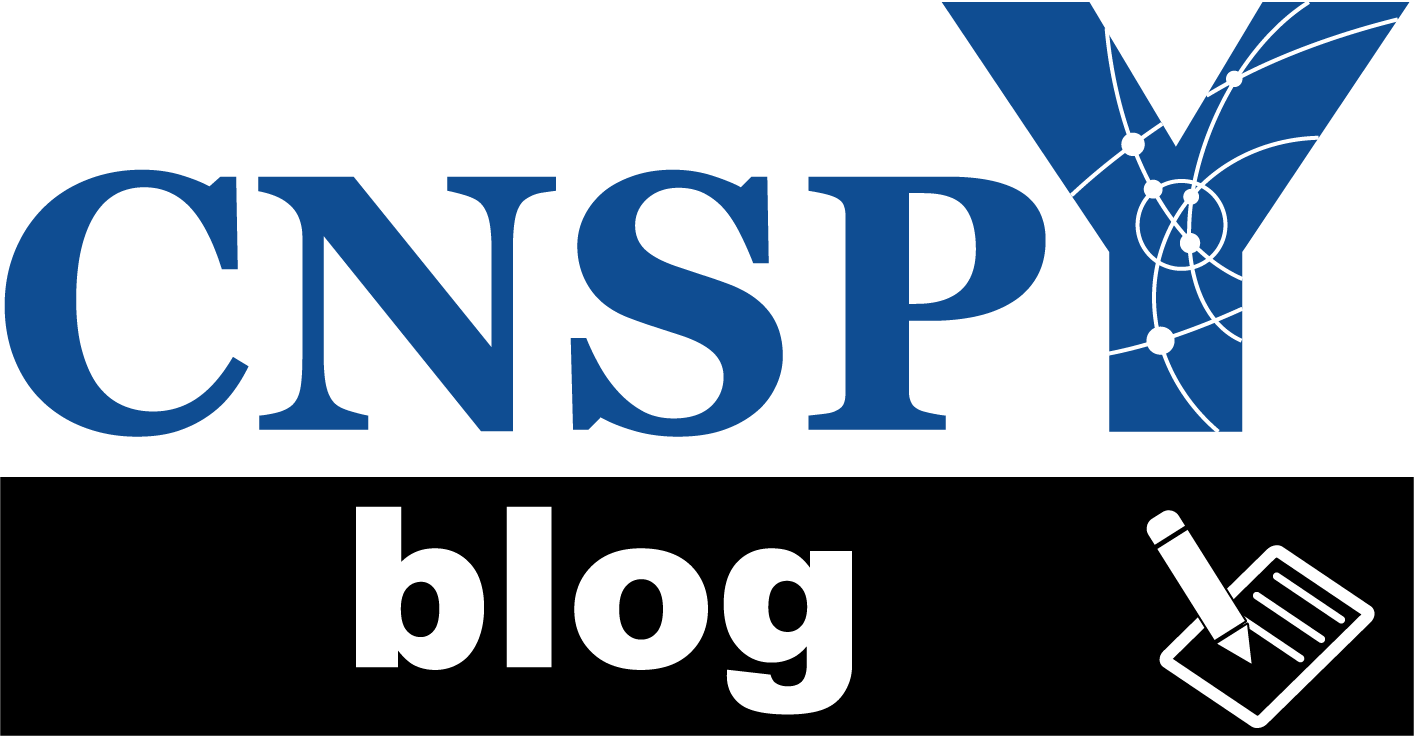At some point in our lives, everyone has had to, or will have to, write a cold email to someone they don’t know. What do you say? How should you start it? Will the recipients even read it??
These questions run through everyone’s mind when they’re preparing to contact someone they do not yet know. The key word here is “yet” though, because after your email, you’ll hopefully begin a dialogue with that person and inevitably get to know a little bit about them.
So how do you ensure you A) get them to open your email, B) get your message across or ask your question clearly, C) get them to respond to your email, and finally D) get them to agree to your request/whatever you’ve proposed in the email itself?
Although there is no set recipe for drafting a perfect cold email, there are a few guidelines that you can (and should!) follow that will increase the chances of a positive response – and by positive response, we mean ‘get them to agree to your request.’
Here are a few tips for writing and sending a cold email:
1) Exude a friendly personality.
The best way to warm up a cold email is to (ironically) avoid being cold. Instead, be warm and friendly with your words. Choose words and phrases that portray you as a well-liked, personable individual.
For example, begin your email with well wishes:
“Dear Dr. Whoever, I hope this message finds you doing well.”
“Hi Mr. Doe, I hope you had a wonderful holiday season.”
Additionally, consider your word choice in your requests. Think about the underlying tone of the words you use to ask your question or relay your message. For example, the following two sentences convey a very different demeanor of the person who is writing/saying them:
“I need you to fill out this survey and get it back to me as soon as possible.”
“I was wondering if you’d be able to address a few questions and return your answers to me at your earliest convenience.”
The tone of these two sentences differ greatly, and most people will be more inclined to respond to the latter, more friendly and polite, request as opposed to the more strict and demanding former request – despite that it’s actually the same request! So, avoid using harsh tones, opting for words that phrase things more nicely and warmly.
Finally, be sure to end with a warm touch as well. You can offer more well wishes, suggest that they do something relaxing and non work-related (even though you secretly want them to work on your request!), end with a level of excitement at the prospect of working with them, genuinely thank them for their time and effort, or some combination of all of the above. Here are a few examples:
“Thank you for taking the time out of your busy schedule to consider this request, and good luck with your upcoming presentation! I’ll see you there!”
“Thank you in advance for your time, and I hope you take a moment to enjoy the beautiful weather this upcoming weekend!”
“Enjoy a much-needed break with your family, and I look forward to hearing from you after the holiday season!”
“I really appreciate your time and consideration on the matter. I’m looking forward to hearing your response and hopefully working with you in the future!”
A number of different combinations will work wonders here, and all of them are equally acceptable. No matter which route you choose, just be sure to end on a happy, light-hearted note to convey that you have a heart and that you understand that they have lives outside of work and, more importantly, priorities that don’t involve you.
Adding these notes of warmth throughout your email is the simplest way to warm up a cold email. People are much more willing to work with those who are friendly and understanding instead of those who are demanding, strict, and unpleasant.
2) Use flattery and effusive praise.
People love to be told that they are amazing and great at what they do. In the busy world we live in, recognition for our efforts is often traded for speed and efficiency. In other words, if we do something great, we rarely get recognized for it (but of course, if we mess something up, we will certainly hear about it!).
In light of the fact that working individuals usually get little praise, play into the natural wants and desires of human beings and offer praise in your email. After all… you wouldn’t be contacting them if they were terrible at their jobs, would you? So tell them that they are great, and you’re more likely to get a response from them.
Here are some examples of how to subtly add praise and flattery to your email without overdoing it:
“Given your recent successes in determining the crystal structure of the elusive XYZ protein, we would like to highlight you as a guest speaker for our Structural Biology Seminar Series.”
“As a successful entrepreneur who has started and sold numerous companies, we would love for you to join our esteemed panel for a discussion on biotech start-ups at the upcoming Biomedical Careers Fair.”
And here is a real example from an email I wrote last week…
“We received rave reviews from those who attended your Small Group Discussion, which had one of the largest waitlists we’ve ever seen, and, as such, we would love to feature you in our upcoming Newsletter to share your experiences with those who were unable to attend your discussion.”
These are all great ways to praise and flatter someone and make them feel exceptionally good about themselves, which usually inclines them to agree to your requests. Notice that it’s really only a few words that take the sentences to the next level…
Words like “elusive,” “esteemed,” and “rave,” in the above sentences emphasize these individuals’ strengths and successes. Additionally, adding short but truthful phrases such as “one of the largest waitlists we’ve ever seen” gives the implication that they are better than the other guest speakers and highly sought after. Finally, choosing words such as “highlight” and “feature” instead of “invite” or “write about,” respectively, changes the level of exaltation implied in the sentences.
These little boosts of praise can be the difference between a “Yes” and a “Maybe,” or even a “No, I’m too busy.” Seriously… try re-reading the above sentences without the boosting words (elusive, esteemed, rave) and phrases (the largest waitlist) or with the less exalting substitutions (invite, write about), and see how these sentences suddenly take on a less flattering and more lackluster tone.
Word choice is key!
3) Validate/Justify Your Email.
By definition, a cold email is coming from someone they don’t know, so in every email you write and send, you should justify why you are writing and validate who you are to give yourself credibility. By making yourself a credible entity, not just someone off the streets needing a favor, they will be more inclined to agree to your request.
Let’s demonstrate what we mean by this:
“As the student representative on the Yale Immunology Seminar Series Committee, I would like to extend an invitation to you to speak at our upcoming seminar on June 5th.”
“As the Editor-in-Chief of the Yale Journal of Biology and Medicine, I am pleased to solicit an advanced review from you and your team on XYZ to be published in the next issue of YJBM.”
“As a Communications Team Project Manager for the CNSPY, I’m writing to ask if you’d be willing to participate in a phone interview for our new Podcast series on Careers in Pharma.”
Even if you don’t have a major affiliation to an established organization, simply stating your association to Yale University puts you in a different caliber of students than most others. You’re not writing from a community college or another institution that isn’t as prestigious or well known. See these examples:
“As a Yale University graduate student studying the effects of diet on cardiovascular disease, I was hoping you’d be able to share your expertise and offer some insight on the new protocol you recently published on how to measure cholesterol levels in the bloodstream.”
“As a postdoctoral fellow at Yale University School of Medicine interested in transitioning from academia into biotech, I was wondering if you’d be willing to share with me your successful experiences making a similar transition over coffee sometime next week.”
These examples simply highlight that you are a studious individual at a prestigious institution, which is sometimes all you need! Also, these sentences not only provide credibility to the person writing/sending them, they also justify why they are writing… i.e. studying a similar topic as the recipient or looking to follow the recipient’s career path.
By providing both credibility and a reason why you are reaching out to the person, you give the recipient enough background information to make their own judgment call on whether or not their time investment would be relevant and helpful to you. If they don’t feel that it is really THEM and THEIR time that you need, they will be less likely to oblige.
However, if they feel that they are indeed the correct (and maybe the one-and-only) expert who can answer your questions or deliver your requested service given your specific needs and interests, they will be more inclined to help.
(And if you added some praise and flattery to your request, they will feel special and thus even more inclined to agree!)
4) Establish a connection.
Of course, with any cold email, it’s rare that you’ll have an obvious connection to your recipient, but if you can establish a connection – even tangentially – it makes your email a little less cold. For example:
“My name is Jane Doe, and I am the Director of Event Planning for the CNSPY. I know you previously worked with John Doe, former Director of Event Planning for the CNSPY, to provide wonderful catering for our XYZ event. Due to its success, John suggested I get in touch with you about the possibility of catering our ABC event this year.”
“I work with Bob Smith in the Department of Genetics, and he mentioned that you two used to work in the same graduate lab. Based on my interests in transitioning from academia to Publishing, he suggested I speak with you about how you successfully made the transition.”
Both of these instances establish a mutual connection, and more importantly, they highlight a referral. If you are referred to someone, this is a compliment to your cold email recipient, which plays into the praise and flattery aspect discussed earlier.
Additionally, if you both know someone in common, the figurative distance between you is a lot less than it seems; thus, making your email a little less cold.
Even if you don’t have a mutual connection, try to establish a connection by association:
“As fellow graduates of Yale University, both with PhDs in Biochemistry, I was hoping to get your advice on XYZ.”
“I currently run the Biomedical Careers Committee, and I know you previously sat on the board. As such, I was hoping to gain insight from you on XYZ.”
In these situations, although there is no mutual contact person, there IS still a mutual association to a common organization or institution. These types of connections are just as effective at making your email less cold and more familiar to your recipient.
You can even take these thoughts a step further and suggest a familiar meeting place if you plan to meet in person. For example, Blue State coffee shop! 🙂
5) Make it convenient for them.
No one will be willing to put in a huge amount of time and effort into your request, regardless of what it is.
Thus, it is VERY important to clarify in your email that (1) their time investment is minimal, (2) the time and place of something can be flexible to fit THEIR schedule, or (3) their experience will be as comfortable as possible if they are traveling.
By not covering these details in your email, it leaves many questions, which would require them to write back and get the clarification they would need, or they may simply say “no” regardless of the details if you don’t provide them initially.
Ways to do this up front are as follows:
“We’d like to feature you in our upcoming Newsletter. All we’d ask is that you provide brief responses to the few questions listed below and return them to us via email at your earliest convenience.”
“I would love to speak with you about transitioning from academia to science policy, preferably over coffee. I can work to accommodate your schedule at a coffee shop near your office building. Alternatively, if an in-person meeting isn’t feasible, a phone call would be wonderful as well.”
“We’d love to host you as a guest speaker for our seminar series. We’re more than willing to cover your travel expenses, and we can provide a hotel room at the Omni Hotel in New Haven for two nights for your stay here with us.”
Each of these sentences clarify that there is either a very minimal time investment to be featured spotlight in a Newsletter, that the informational interview can be planned on their time when they are free and when it’s convenient for them, or that they’d be taken care of and treated very comfortably if they agree to serve as a guest speaker.
One or two extra sentences to clarify these details in your original email can make a big difference in whether or not your request is granted or dismissed. So be sure to establish up front that your request is not meant to inconvenience them in any way!
6) Provide ALL the Information they’ll need in one email.
As a follow up to point #5, in addition to clarifying that your request will be convenient for them, you also want to provide ALL the information they need in one email.
For example, if you are inviting them to speak, give the date, time, location, type of audience, how long the talk will be, and if you will provide a laser pointer, Mac adaptor, screen projector, chalkboard, or whatever. This information is key for them in determining how much time and effort it will require to prepare for the talk and whether or not the scheduled day works for them. Another thing to consider is that if this is a seminar series that occurs every Tuesday, offer a few dates and let them choose the best fit. These details, in addition to travel accommodations discussed in point #5, will be critical in helping them decide whether or not they’d like to agree to the request.
Another example… if you are asking for a spotlight feature in the Newsletter (as per the example used above), don’t just ask them if they’d be willing to answer a few questions, provide the questions you want to ask. This way, they can assess whether or not those questions are too in-depth and would require a lot of thought and energy to respond. Don’t ask them to participate, then require them to ask for the questions in order to participate, and THEN provide the details. Give everything in one go, and let them decide based on all the information relevant to the request.
7) Use an Enticing Subject Line.
After you’ve composed a wonderful and perfectly worded email, the only thing left for you do to is make sure your recipient opens it!
How do you do that? Use an enticing subject line that piques their interest and curiosity. Compare the following pairs of subject lines… Which sounds more exciting?
“Guest Speaker Request” OR “Request for Featured Speaker in Yale Seminar Series”
“Career-in-Focus Interview” OR “Career Spotlight in Upcoming Newsletter”
“Informational Interview” OR “Meeting Request with Renowned Cardiologist”
The use of the words “featured,” “spotlight,” and “renowned” make the email sound like a bit of an award or a praise in itself. Again, people love to be recognized for their work and love to feel as though they are accomplished and well-respected in their fields. Play into this desire-to-be-the-best that every human innately has and the odds of getting your email opened will increase dramatically.
Doing this will also help your request stand out amongst all the other “Speaker Requests” and “Informational Interview Requests” they get. While these other emails may get passed over in their inboxes, because yours has a different and enticing title, yours may actually get opened, which is more than half the battle in some cases. And if they only open one speaker/informational interview request that day, it might as well be yours. 🙂
When combined together, these tips will help you compose a cold email that is less “cold” and more likely to get opened and receive a positive response. Of course, every email is different, and depending on the specific circumstances surrounding your request or message, not every strategy is applicable to every email. In those cases, use your best judgment to decide which tactics are appropriate and which ones will likely lead to a favorable reply. Generally speaking though, many of the above listed tips will help your email go over more smoothly and receive the response you’re hoping for.
Good luck writing and sending your next cold email!
** Use these strategies the next time you need to write a cold email, and let us know how it goes! **
Share your thoughts below by clicking the “Leave a Reply” link or by clicking the chat bubble in the top right of the post.




